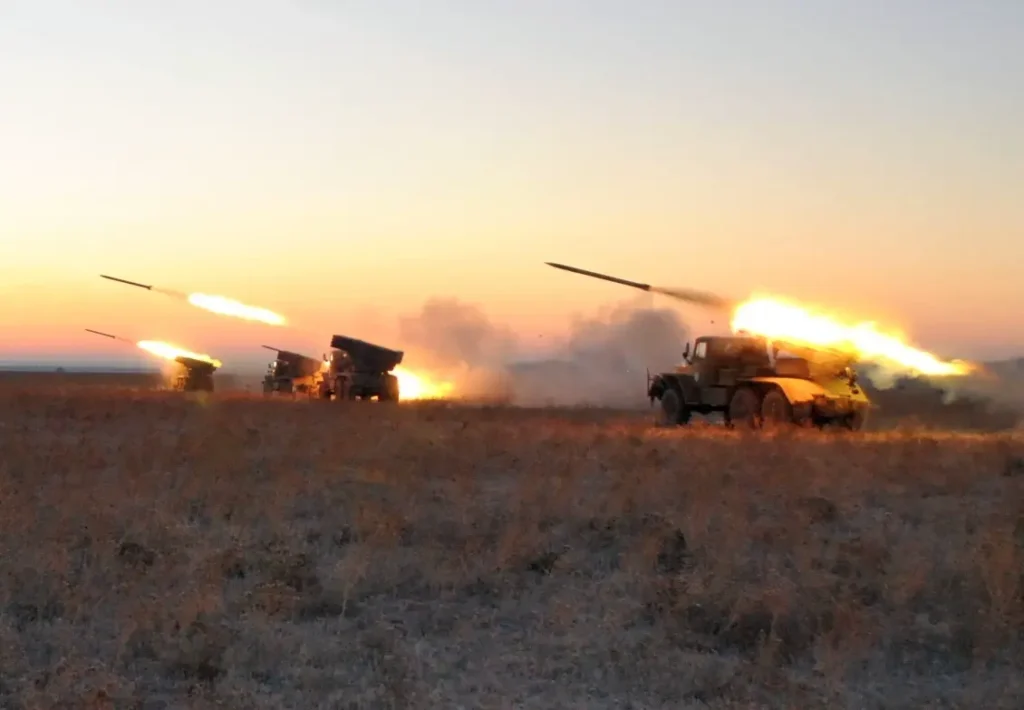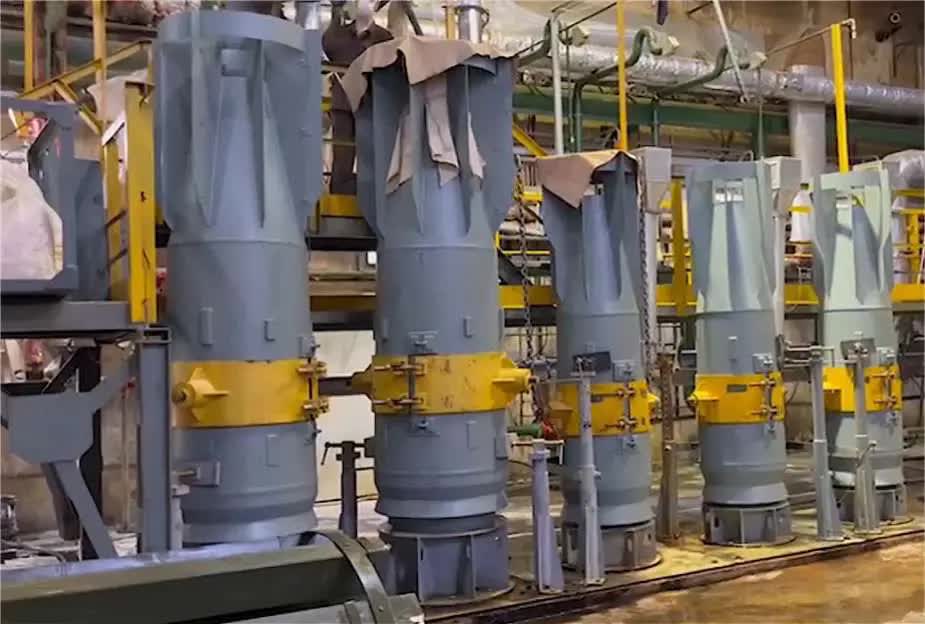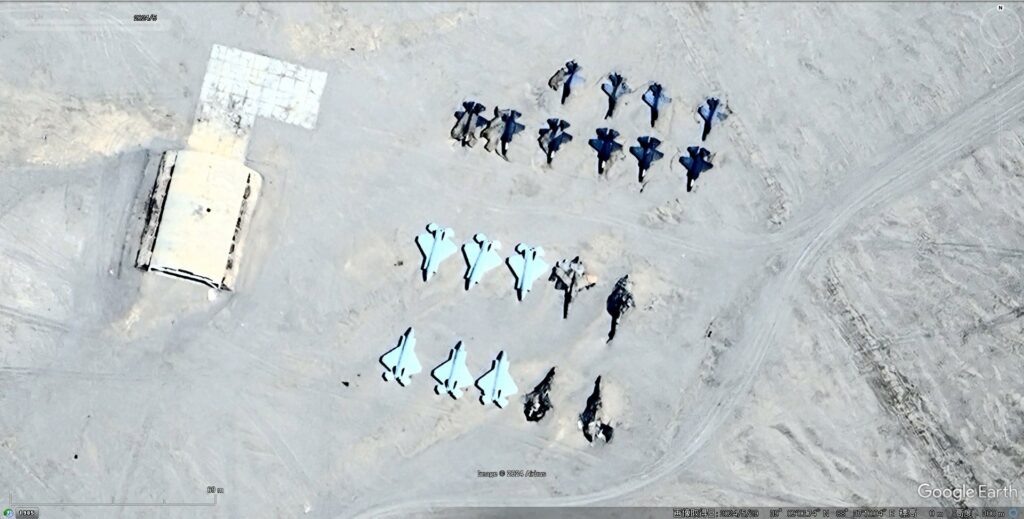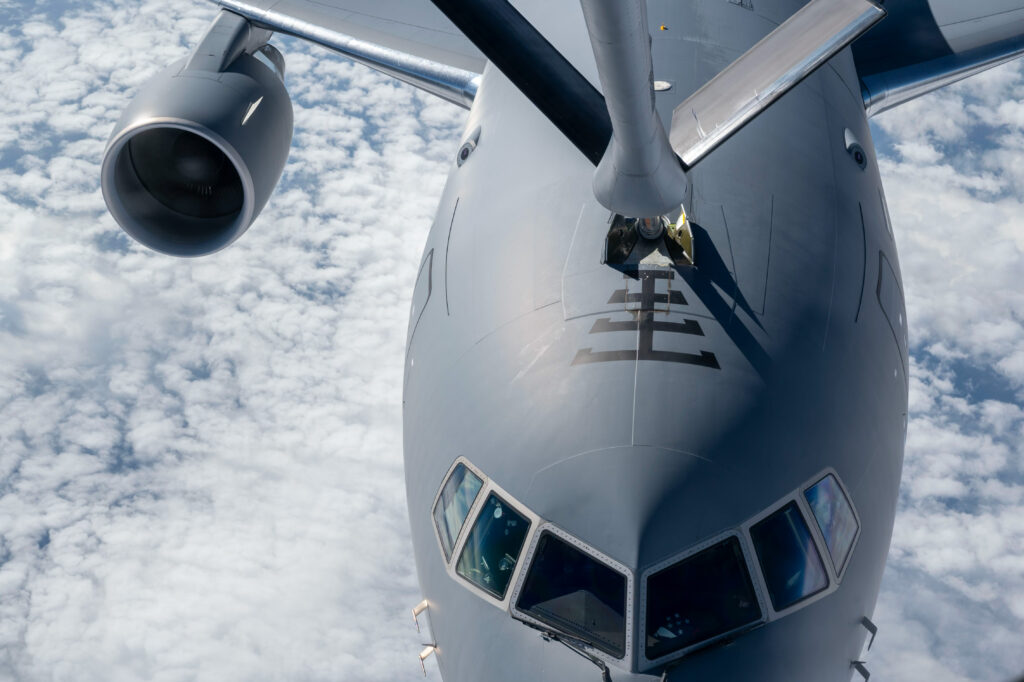The war in Ukraine is all about artillery. It was a few batteries of Ukrainian artillery that stopped the Russian push toward Kyiv in the first days of the war, and it was artillery that helped the Russian military to make tactical gains in eastern Ukraine and the Donbas. It was artillery that supported the Ukrainian counteroffensives, but it was also artillery that also stopped the Ukrainian counteroffensive.
The king of the battle
French Emperor Napoleon Bonaparte famously called artillery the “king of the battle.” At his time during the French Revolution and Napoleonic Wars, artillery was still in its early stages. Although it was an established weapon of warfare, its deadly effect on the battlefield was just becoming apparent.
Today in Ukraine, artillery is responsible for approximately 80 percent of the casualties on both sides. Put in raw numbers, that means that around 400,000 troops on the Ukrainian and Russian sides have been killed or injured by artillery fire. (The latest intelligence estimates put the number of Russian losses to about 320,000 and the Ukrainian losses to around 200,000, for a total of more than 500,000.)
There is a constant artillery duel going on across the contact line, with both sides using counter-artillery radars and techniques to track and take out the other side’s artillery pieces. But this can be a costly game in terms of munitions.
Related: Watch: Ukrainian M2 Bradleys take out advanced Russian T-90 tank
Munition shortages
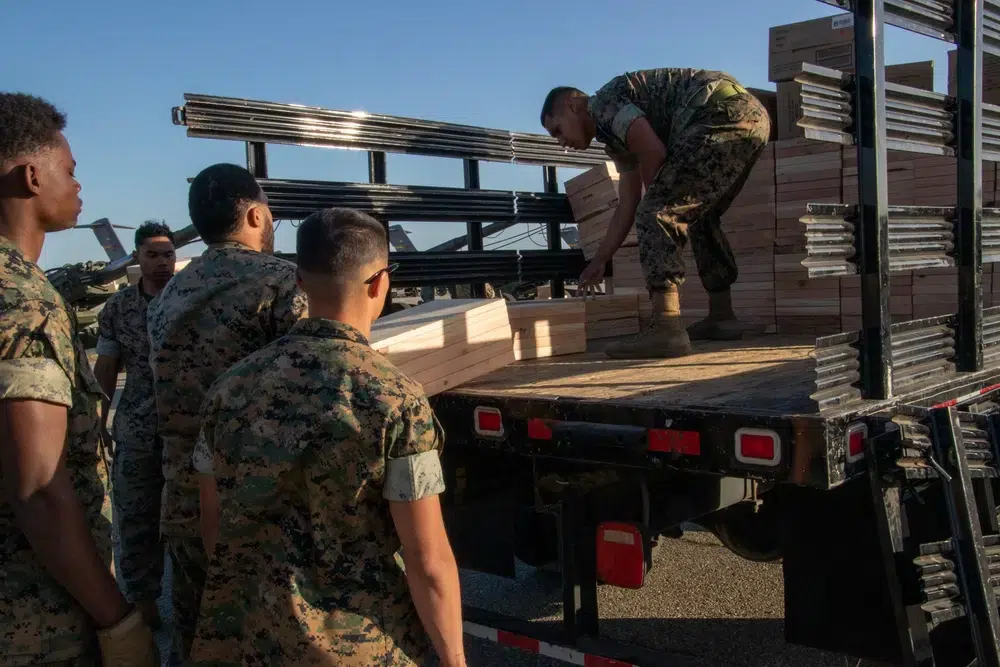
A key challenge to Ukrainian fires superiority is a lack of artillery ammunition. During Kyiv’s large-scale counteroffensive, the Ukrainian forces were going through more than 7,000 rounds per day. Sometimes, to gain fires superiority over a stretch of the battlefield, the Ukrainians would fire even more. But that rate of fire isn’t sustainable over a long period. As a result, the Ukrainian military is now firing about 2,000 rounds a day. The intensity and duration of the conflict caught the U.S. and NATO off guard, and their production lines weren’t prepared to withstand so heavy demands.
Up to this date, the U.S. military alone has transferred to its Ukrainian counterpart almost four million munitions of all sizes and types. More specifically, the Pentagon has transferred two million 155mm, 800,000 105mm, 200,000 152mm artillery shells, 40,000 130mm, 40,000 122mm, and 10,000 203mm artillery shells. In terms of specialized munitions, the U.S. military has given Ukraine 40,000 155mm Remote Anti-Armor Mine (RAAM) shells, 7,000 M982 Excalibur 155mm precision-guided rounds, and an unspecified number of cluster munitions. In addition, the Pentagon has given Ukraine more than 400,000 mortar rounds, 60,000 122mm GRAD artillery rockets, as well as rocket artillery munitions, including MGM-140 Army Tactical Missile Systems (ATACMS), for the M142 High Mobility Artillery Rocket System (HIMARS) and M270 Multiple Launch Rocket System (MLRS).
Dozens of other countries have contributed to the Ukrainian artillery arsenal and munition stockpiles.
Last year, the European Union promised to deliver one million rounds of 155mm shells to Ukraine. However, these rounds are still largely underway. Although Brussels is trying to rally the member states to meet Kyiv’s demands, there is still work to be done.
The Ukrainian military is licking its wounds after its failed large-scale counteroffensive. Before long, it will have the forces necessary for another push. They need to be better trained and able to conduct combined arms operations which is a key to success. But without adequate artillery support, they won’t go far. Ukraine needs more artillery weapons and munitions – its victory depends on that.
Read more from Sandboxx News
- Tragedy at sea involving Navy SEALs highlights danger of VBSS operations
- How the F-16 changed air warfare forever
- These are the 5 best military podcasts you can listen to today
- All the military pay and bonus changes coming in the new defense budget
- Chinese military journal asserts Russia lied about ‘hypersonic’ Kinzhal
